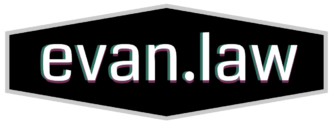Rapper 50 Cent’s Lanham Act claim against Cancun night club survives motion to dismiss
Jackson v. Grupo Industrial Hotelero, S.A., No. 07-22046, 2008 WL 4648999 (S.D. Fla. October 20, 2008)
Defendant owns Coco Bongo, a popular Cancun nightclub. Coco Bongo allegedly used rapper 50 Cent‘s likeness as well as one of his registered trademarks in some Spring Break 2007 video advertisements posted to the web. 50 Cent sued under the Lanham Act in federal court here in the United States alleging trademark infringement as false designation of origin.
Coco Bongo moved to dismiss, arguing a lack of subject matter jurisdiction. It contended that the alleged acts occurred outside of the United States, thus an extraterritorial application of the Lanham Act would violate Supreme Court and Eleventh Circuit authority. The court denied the motion.
The fact that the offending advertisements were on the web was key to the court’s finding that the court had subject matter jurisdiction. 50 Cent was seeking enforcement of his United States trademark rights in the United States. Although the Coco Bongo website was located in Mexico, and even though the website and its advertisements might be viewable by numerous other countries, it was the availability of the allegedly infringing advertisement within the United States that gave rise to an alleged violation of the Lanham Act.
See also Rogers v. Wright for analysis of the extraterritorial application of the Lanham Act.
